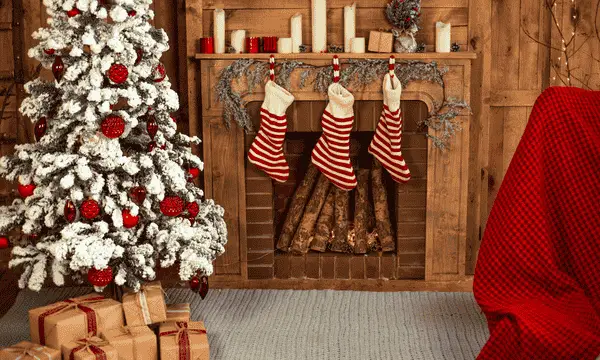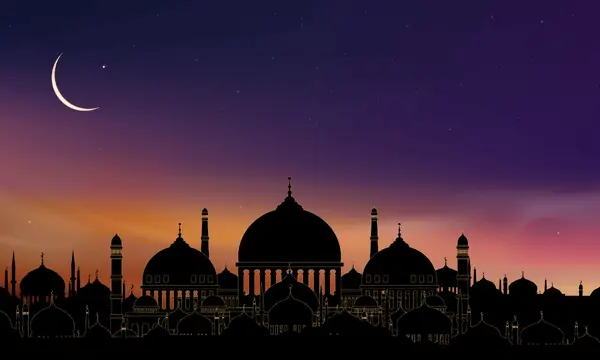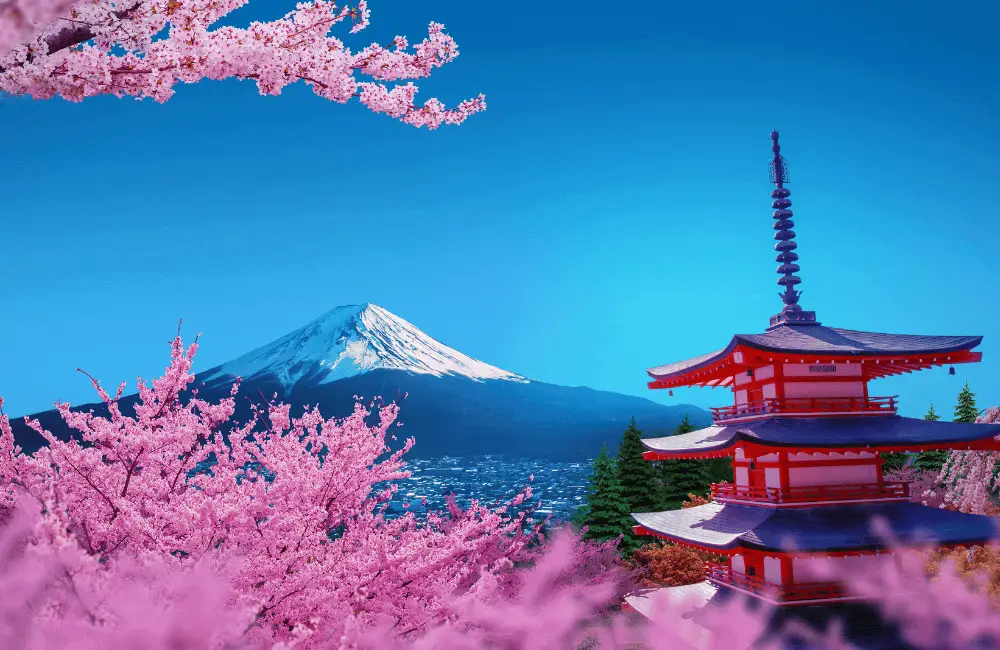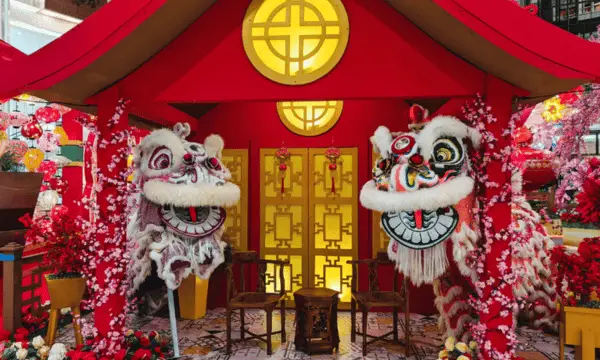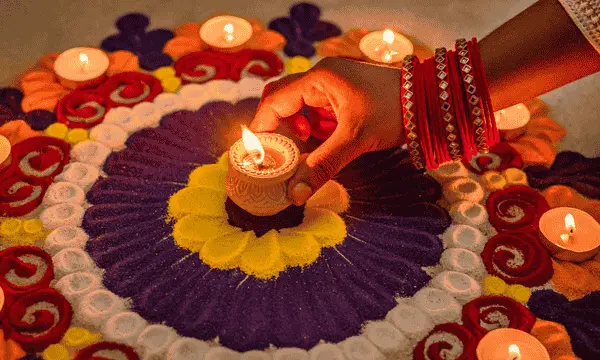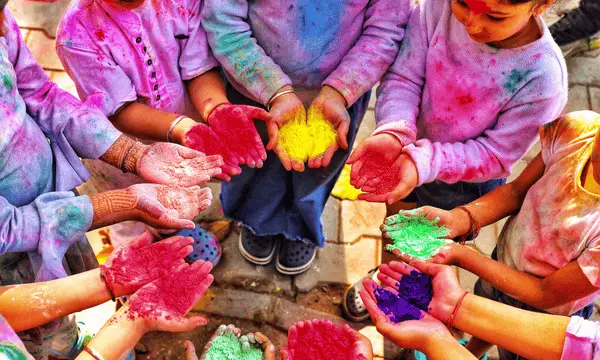Japan Golden Week 2025: What Travelers Need to Know About Japan’s Busiest Holiday Season
Japan Golden Week 2025: Travel Tips for Japan’s Busiest Holiday Japan Golden Week 2025 is one of most celebrated and culturally rich holiday periods. For travelers planning a visit to Japan in 2025, Golden Week offers a unique opportunity to immerse yourself in local traditions. Still, it also comes with challenges like large crowds and higher costs. This guide will walk you through everything you need to know about Japan’s busiest holiday season, from its origins to travel tips, so that you can make the most of your experience. What is Japan Golden Week? Golden Week is a series of four consecutive national holidays in Japan, often paired with weekends, creating an extended holiday period. It’s a time for celebrations, family gatherings, and travel, making it one of the busiest times of the year in Japan. Here’s a breakdown of the holidays that make up Golden Week: Showa Day (April 29) – A day to honor Emperor Showa and reflect on Japan’s history. Constitution Memorial Day (May 3) – Celebrating the establishment of Japan’s post-war constitution. Greenery Day (May 4) – A day to appreciate nature and the environment. Children’s Day (May 5) – A holiday to celebrate children’s happiness and well-being. Golden Week holds a special place in Japanese culture. It symbolizes a time for relaxation and celebration after the long stretch of winter. For travelers, it provides a rare window into the country’s vibrant festivities and traditions. For more detailed travel advice, check out this handy guide on Weather in Japan: A Month-by-Month Guide to Japan’s Climate Japan Golden Week 2025 Dates and Schedule Golden Week in 2025 falls between Tuesday, April 29, and Monday, May 5. Since April 29 is a Tuesday and May 5 is a Monday, many Japanese workers will take advantage of the long holiday stretch by taking additional paid leave on the in-between working days of May 1 and May 2. This creates a 10-day holiday period for many locals, making it a peak travel time. Implications for Travelers in 2025: Higher Demand for Travel Services: Trains, planes, and buses will be packed during this period. Extended Celebrations: With several days off, many families and tourists will join in public events and festivals. Potential Travel Delays: Crowds might lead to longer waiting times at attractions and transportation hubs. Golden Week’s Impact on Travel in Japan With millions of Japanese citizens traveling domestically and internationally during Golden Week, the impact on tourism infrastructure is significant. Here’s what travelers can expect: 1. Transportation Bullet Trains (Shinkansen) and other long-distance trains will likely sell out weeks in advance. Flights and buses will be similarly crowded, especially on April 29 and May 5 (start and end dates). Consider using a Japan Rail Pass for flexibility, but reserve your seats early! 2. Accommodation Hotels, ryokans (traditional inns), and Airbnbs will see a surge in demand during Golden Week. Prices will rise significantly, especially in tourist hotspots like Kyoto, Tokyo, and Osaka. It is highly recommended that you book your stay at least 3-6 months in advance. 3. Festivities and Attractions Popular landmarks and cultural sites will be bustling with visitors, such as Tokyo’s Senso-ji Temple and Kyoto’s Fushimi Inari Shrine. Many special events and seasonal festivals will attract even more crowds, so plan your itinerary carefully. Popular Destinations During Japan Golden Week If you’re visiting Japan in 2025, here are some must-visit locations and experiences to consider: Cities and Cultural Sites Tokyo: Experience vibrant festivals like the Kanda Matsuri and enjoy special discounts at major attractions. Kyoto: Explore historic shrines and temples surrounded by spring flora. Osaka: Savor local street foods like takoyaki and okonomiyaki while enjoying theme park adventures at Universal Studios Japan. Natural Landscapes Mount Fuji: Golden Week marks the late spring season, an excellent time for hikes and breathtaking views. Hokkaido: See cherry blossoms in bloom if you’ve missed them in southern regions. Okinawa: Relax on pristine beaches and enjoy sunny weather. Festivals and Events You can participate in Golden Week parades or seasonal events, such as the Hamamatsu Kite Festival, where giant kites fight in the sky. Travel Tips for Japan Golden Week 2025 1. Book Everything in Advance Golden Week is one of the busiest times of the year in Japan. Months ahead, secure your accommodations, transportation tickets, and even popular tours or activities. 2. Plan Around Peak Times Avoid traveling on April 29 (Showa Day) and May 5 (Children’s Day) when traffic and public transportation are most congested. 3. Use Alternative Routes Explore regional railways instead of major train lines. Head to lesser-known attractions to avoid overwhelming crowds. 4. Get a Japan Rail Pass The Japan Rail Pass provides unlimited travel on JR trains, including the Shinkansen, for a fraction of the cost. It’s a lifesaver during this high-demand season. 5. Leverage Technology Download must-have navigation apps, such as Google Maps (with offline mode), HyperDia (for train schedules), and Google Translate. Understanding Japan Golden Week Culture and Etiquette Golden Week is not just about holidays; it’s deeply rooted in Japanese culture. Here’s how you can show respect as a visitor: Be Patient: Expect long lines and packed spaces. Stay polite even during peak crowds. Follow Customs: Observe proper etiquette at shrines and temples, such as bowing and washing your hands at purification fountains. Try Local Delights: Indulge in Golden Week-themed treats like kashiwa-mochi (oak leaf-wrapped rice cakes). Pros and Cons of Visiting During Japan Golden Week Pros Immersive cultural experiences and vibrant local festivals. Travel-friendly weather (mild and sunny spring). It is a unique chance to see Japan’s celebratory side. Cons Crowds, long lines, and higher travel expenses. Sold-out accommodations and transportation if unprepared. Golden Week can be the perfect time to visit if meaningful cultural immersion and festive energy appeal to you. However, another season may suit you better if you prefer quiet escapes. Practical Advice for Travelers Packing Tips: Bring lightweight clothing for mild temperatures, but don’t forget a light evening jacket. Emergency Numbers: Save local


